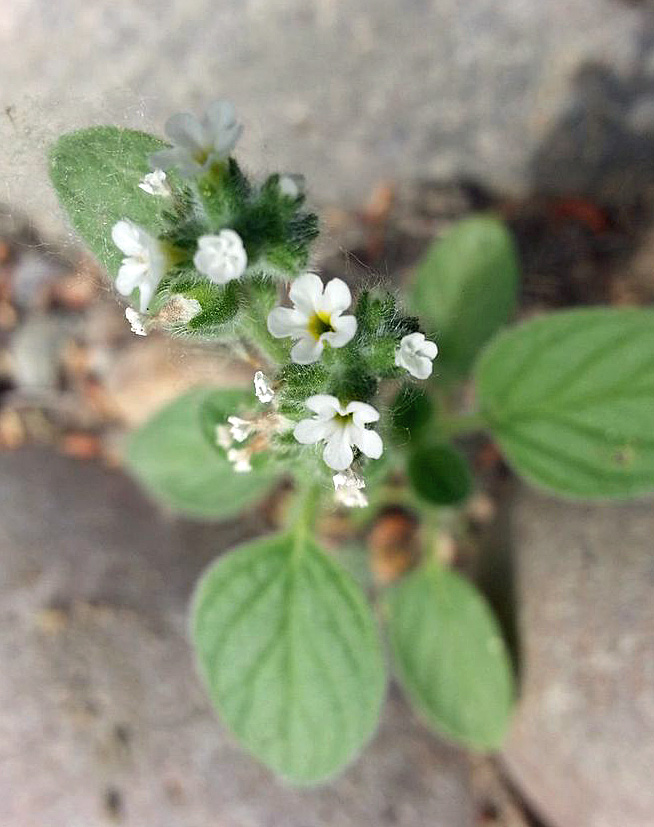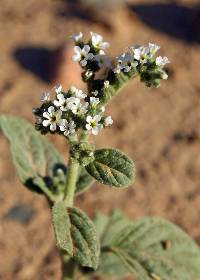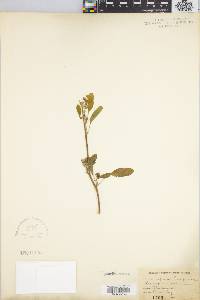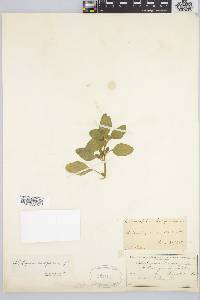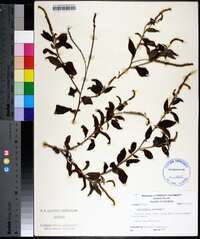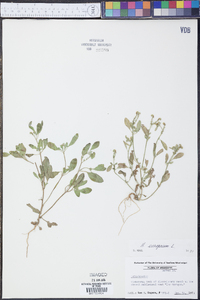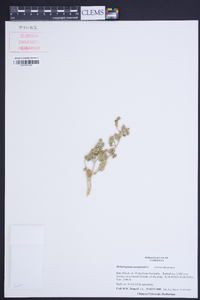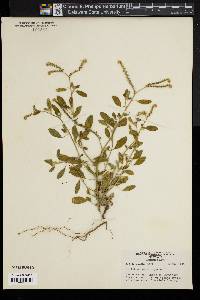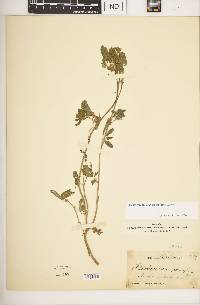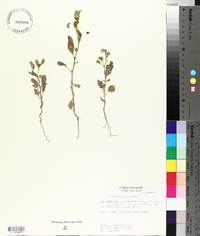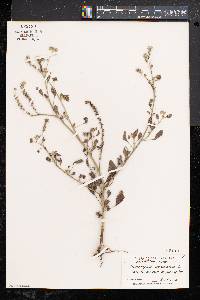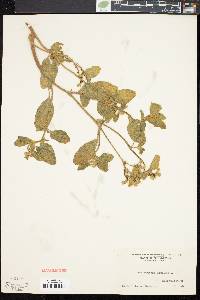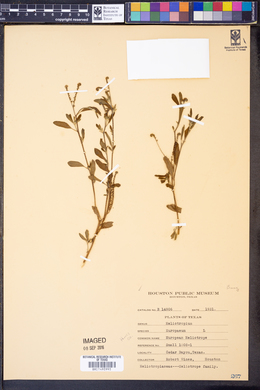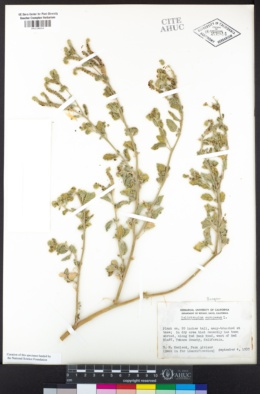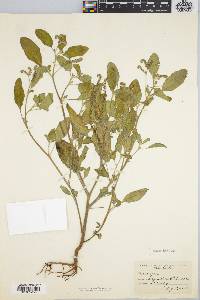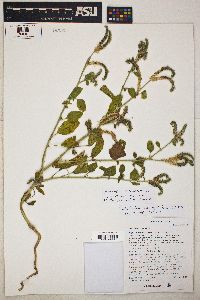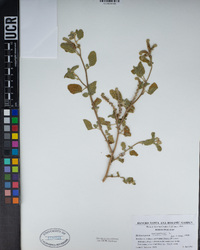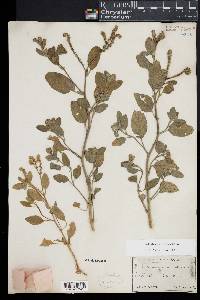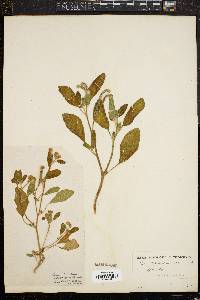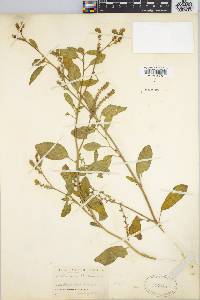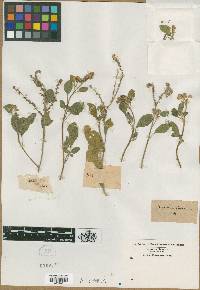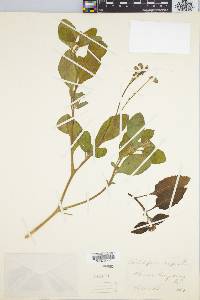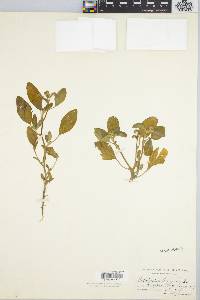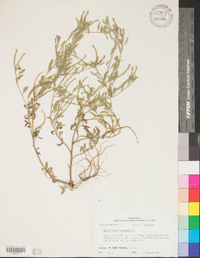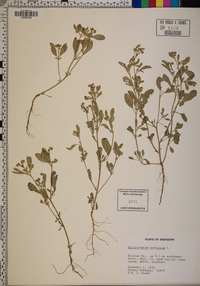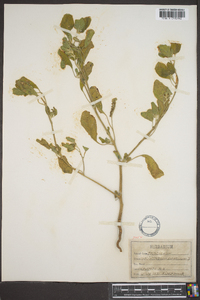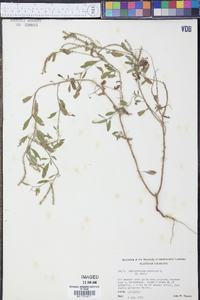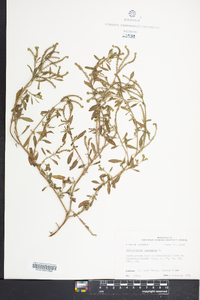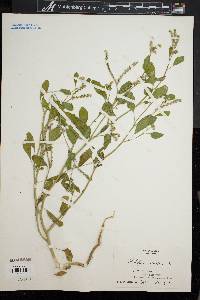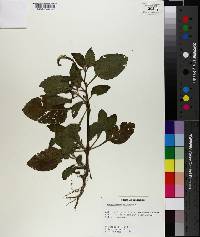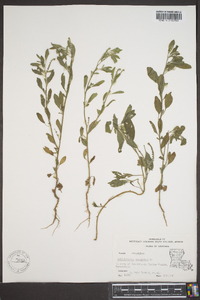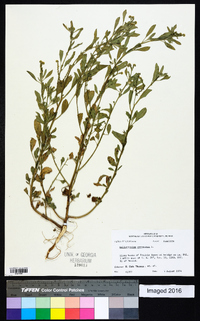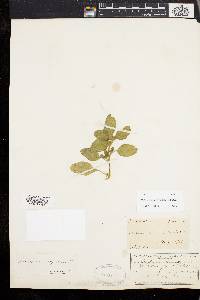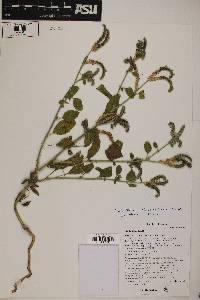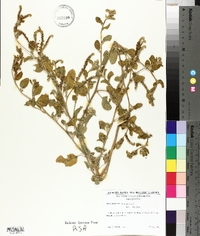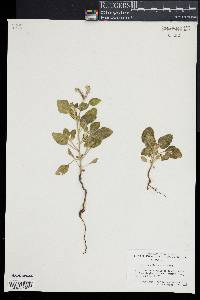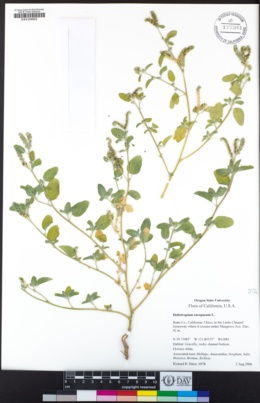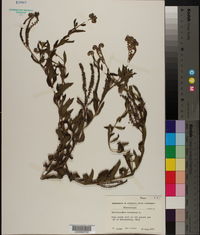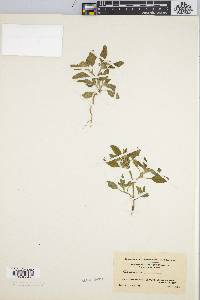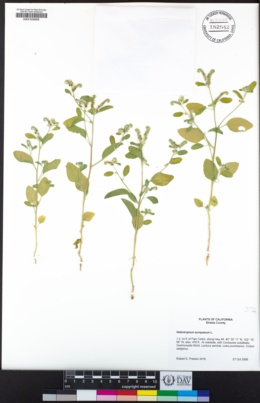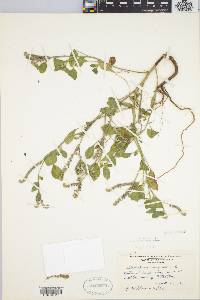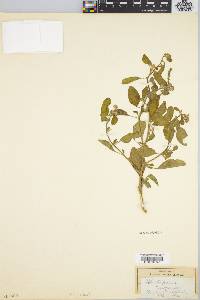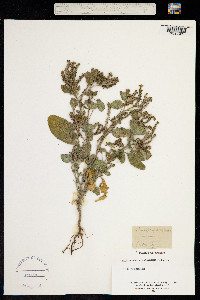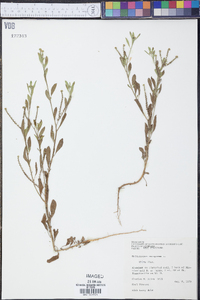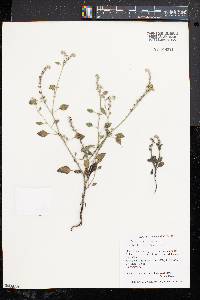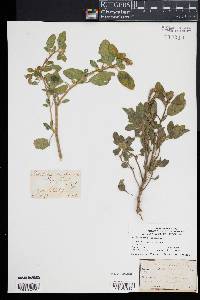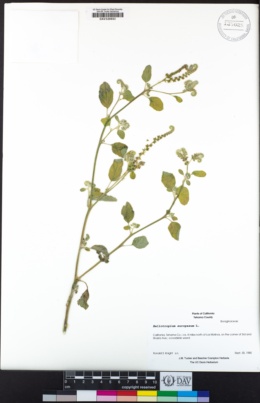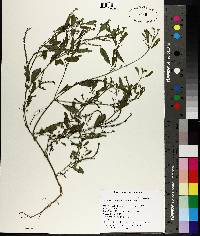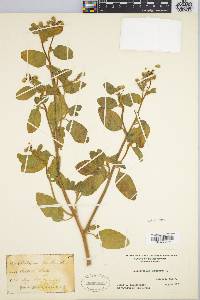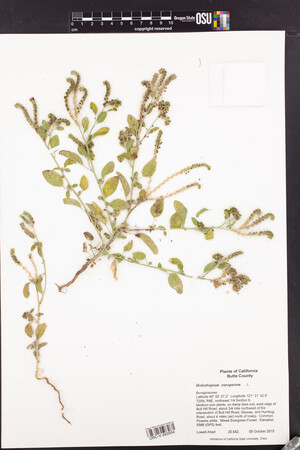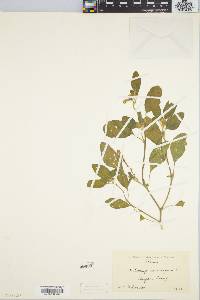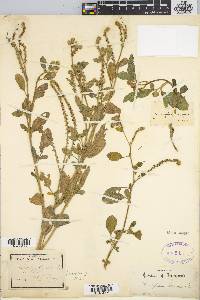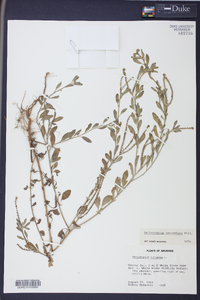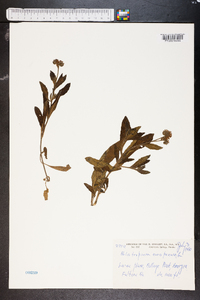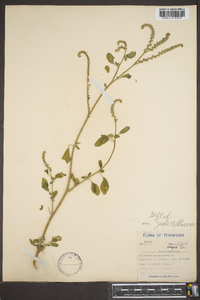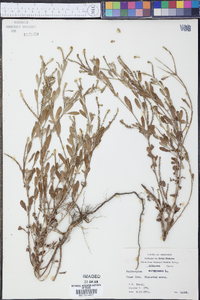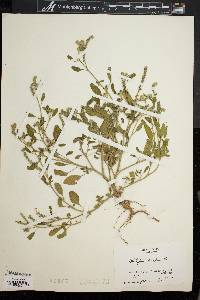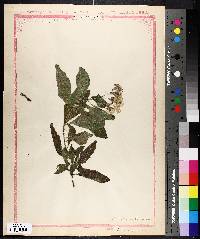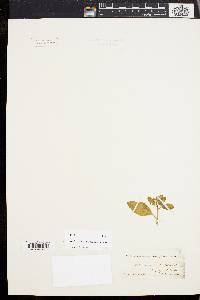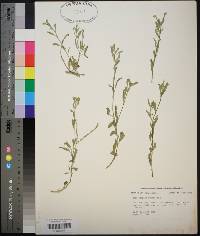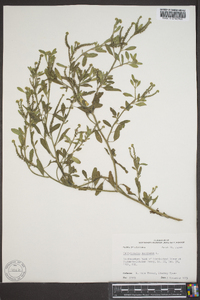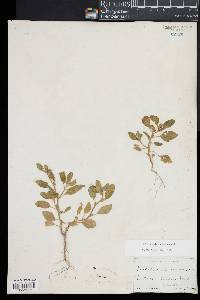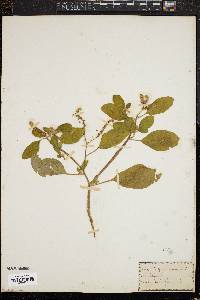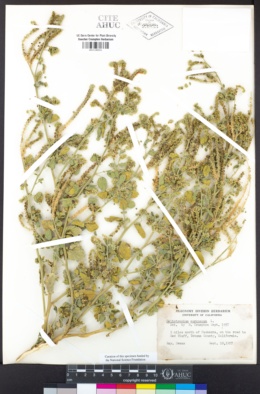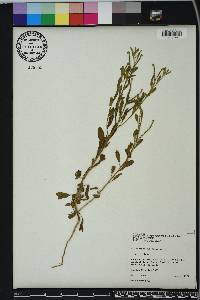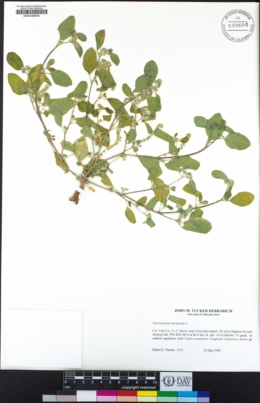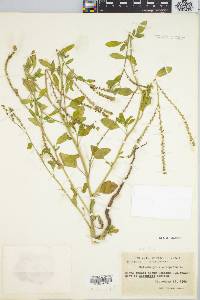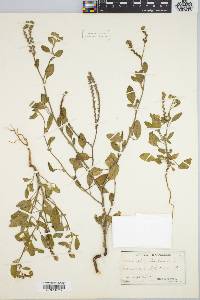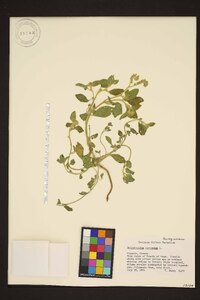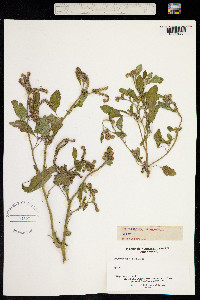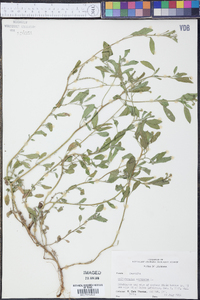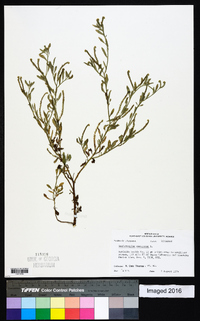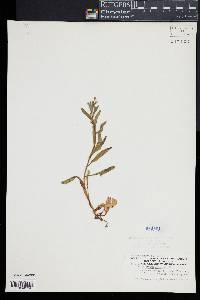
|
|
|
|
Family: Boraginaceae
European Heliotrope
|
Annual herb 20 - 60 cm tall Stem: erect or ascending, with close to appressed hairs below, but more spreading hairs above. Leaves: alternate, long-stalked, non-toothed, somewhat hairy, 3 - 6 cm long, elliptic or oval with blunt tips. Inflorescence: terminal, paired or up to five, stalked, elongate (4 - 10 cm), white-hairy, more or less one-sided, spike-like branches with numerous, tightly clustered, small, very short-stalked, white flowers. Upon emergence the inflorescence branches are coiled, especially at the tips, but they straighten as they lengthen. Flowers: many, appearing stalkless, white, very small (2 - 4 mm wide), radially symmetric, funnel-shaped, with five spreading lobes. Sepals: five, densely white-hairy, narrowly triangular with sharp pointed tips. Petals: five, but fused for over half their length, then separating into five, short, fairly round-tipped lobes. Stamens: five, attached to inside of petal tube, with extremely short (almost nonexistent) filaments, and larger, closely positioned anthers which do not extend past the petal tube. Pistil: with one, very shallowly four-lobed, superior ovary; one very short style; and one, small, disk-like stigma atop a short cone-shaped structure. Fruit: a somewhat rounded, 1.5 - 3 mm tall cluster of four, bumpy and warty, one-seeded nutlets subtended by the remnant sepals. At maturity, the nutlets separate from each other. Similar species: Heliotropium europaeum is unlike other members of the Boraginaceae family because the ovary is only very shallowly four-lobed, the style is very short, and the stigma has a small cone-shaped structure below it. Also other genera in the family have the style arising from between the four deep lobes of the ovary, but in Heliotropium the style (or stigma if no style is present) sits on top of the ovary. There are a few other species of the genus also introduced in eastern North America (though not reported in the Chicago Region), but they differ by either being perennials with non-hairy inflorescence branches and sepals, or the fruits have pairs of nutlets staying attached to each other and separating from the other pair. Flowering: July to September Habitat and ecology: Native to southern Europe and occasionally grown in gardens, incredibly rare as an escape and only collected one time in the Chicago Region. Occurence in the Chicago region: non-native Author: The Field Museum Erect or ascending annual 2-5 dm; stems closely hairy below, becoming hirsute above; lvs elliptic, 3-6 cm, long-petioled; spikes in peduncled groups of 2-5, eventually 4-10 cm, the axis and sep densely white-hirsute; cor white, 2-4 mm wide; fr depressed-ovoid or globose, 1.5-3 mm, soon splitting into 4 1-seeded nutlets; 2n=24, 32. Native of s. Europe, established as a weed in s. U.S. and occasionally in our range n. to Mass. Gleason, Henry A. & Cronquist, Arthur J. 1991. Manual of vascular plants of northeastern United States and adjacent Canada. lxxv + 910 pp. ©The New York Botanical Garden. All rights reserved. Used by permission. |

